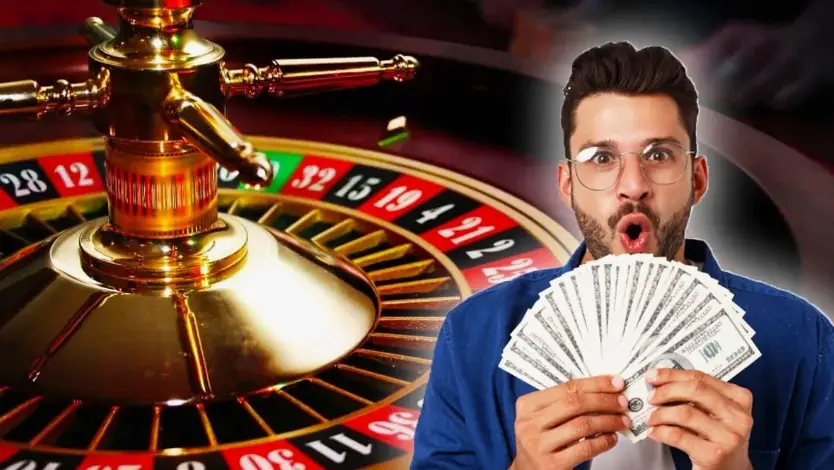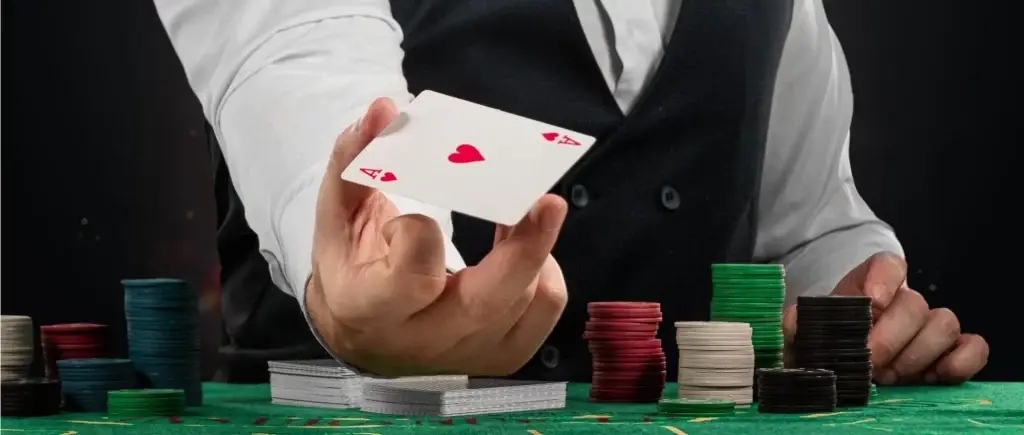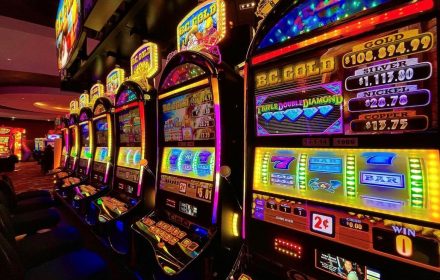Chance is a fickle currency. In the world of gambling, it sometimes pays off with sums that can change biographies. Below are real stories that made it to the top of the biggest casino wins. No legends, no falsehoods — just facts, numbers, and human decisions that made history.
Top Casino Wins: A List of Lucky Players
 When numbers speak louder than words, all that remains is to record the facts. These stories made it to the top not only because of the amounts involved, but also because they changed the rules of the game:
When numbers speak louder than words, all that remains is to record the facts. These stories made it to the top not only because of the amounts involved, but also because they changed the rules of the game:
- Archie Karas – $40 million, poker and billiards, Las Vegas, 1992-1995.
- Kerry Packer – up to $40 million, baccarat and blackjack, MGM Grand.
- Unknown Engineer – $39.7 million, Megabucks slot, Excalibur.
- Elmer Sherwin – $25 million in two sessions, Mirage and Cannery.
- Don Johnson – $15.1 million, three Atlantic City casinos.
- John Tippin – $12 million, Megabucks slot, 1996.
- Amy Nishimura – $8.9 million, slot machine, Honolulu.
- Mike Ashley – $1.83 million, 100:1 roulette bet.
Dry statistics don’t work here – behind each amount lies a precise calculation, an instant risk, or a chain of coincidences. The top of big casino winnings is not just a list, but a chronicle of the most daring decisions in the gambling industry.
Archie Karas and the Destruction of the Myth of Invincibility
Arkady’s “Archie” Karas, a Greek by birth. In 1992, he arrived in Las Vegas with almost no money. In a few months, the player turned the initial capital of $50 into $40 million, beating dozens of poker and billiards professionals.
He consistently beat legends like Chip Reese and Stu Ungar. He used a combination of psychological pressure, risk on the verge of insanity, and a talent for reading opponents. But he couldn’t keep the money, and three years later, it all went back to the casino. This incident remains a symbol of the fine line between genius and disaster.
Kerry Packer: A Billionaire Without Brakes
Australian tycoon Kerry Packer became one of the most high-profile heroes of Las Vegas in the 1990s. During one session at the MGM Grand, he won between $20 and $40 million, betting $250,000 at a time. One of the dealers described how Packer played on eight tables at the same time, without losing concentration.

The businessman always remained unpredictable: one night he lost millions, the other he generously tipped the staff. He considered risk to be an integral part of his strategy. He made it to the top of the big casino wins not because of the amount – but because of how he approached betting: as a high-level sport.
The engineer who broke the system
An unnamed engineer, aged 25, won the largest jackpot in slot machine history in 2003. He used the Megabucks slot machine at the Excalibur Casino in Las Vegas. The payout of $39.7 million changed the perception of slot machines as “coin killers.”
This victory led to a revision of the random number generators used in slot machines. Operators strengthened the cryptographic protection and made the payout patterns more complex. He became a symbol of the fact that big jackpots are not always won at the card table.
Elmer Sherwin: Two Jackpots
World War II Sergeant Elmer Sherwin won his first $4.6 million at the age of 76 at the Mirage Casino. Sixteen years later, he repeated his success at the Cannery Casino, winning $21 million.
In total, he won $25 million. He played moderately, once a week. What was surprising was not only his double success, but also the fact that he donated most of his winnings to charity, including those affected by Hurricane Katrina.
The top of casino big wins rarely includes two-time champions. Shervin was an exception, proving that luck sometimes has a name and a surname.
Don Johnson: the formula against the casino
A former casino manager, Don Johnson has taken the system to its limits. In 2011, he beat three of Atlantic City’s elite casinos—Tropicana, Borgata, and Caesars—for a total of $15.1 million.
The secret lies in blackjack. Johnson secured special conditions, including loss discounts, higher limits, and the ability to influence the number of decks. He exploited the weaknesses in the rules to manipulate the odds in his favor. And he didn’t break a single law.
In this case, the top casino winnings are the result of cold-blooded engineering, not blind luck.
John Tippin: A Win That Became a Loss
John Tippin won $12 million in 1996. His bet on the Megabucks slot machine changed his life. He spent the money on luxury and travel, followed by unsuccessful investments. Later, he wrote a book about how the jackpot destroyed his identity and took away the meaning of his life.
This case serves as a warning for the industry: gambling requires not only luck but also a stable mental state. While winning big at casinos can provide a starting point for long-term happiness, it is not a guarantee.
Amy Nishimura: Jackpot to Nowhere
A nurse from Honolulu won $8.9 million in 2003. She took the money in installments while continuing to work at the hospital. A few years later, her relatives won almost all of it from her due to alleged incapacity. Instead of saving her, the money destroyed her relationship.

The top casino winnings include stories where the main prize is not money, but the lessons learned at the cost of fate.
Mike Ashley: The Bet That Changed Everything
Mike Ashley, the owner of the Newcastle Football Club, bet $480,000 on roulette with an internal odds of 100:1 and won $1.83 million. He used the “Full Complete” strategy, covering the chances of combinations in a single sector.
This was a rare occurrence, as roulette is not typically associated with large casino winnings due to its low probability. However, Ashley’s example highlights the power of discipline and analysis in finding gaps even in seemingly well-tuned systems.
How to choose the right slot machines
An effective choice of a slot machine begins with an analysis of the RTP, or return to player. An optimal RTP is considered to be 96% or higher. The second criterion is volatility: high volatility is suitable for risk-takers, while low volatility will provide frequent but modest wins.
It is worth paying attention to progressive jackpots and the provider’s license – trusted brands like NetEnt, Microgaming, Playtech guarantee fair play. It is also important to test the demo mode to evaluate the mechanics and frequency of wins. A rational approach increases the chances.
Top Casino Wins: Conclusions
 The final numbers in these stories are not just sums. Each case of top casino winnings emphasizes that grand victories are always preceded not only by chance, but also by choice, discipline, and strategy. Money comes and goes, but experience remains. It is the experience that determines whether a jackpot is the beginning or the end.
The final numbers in these stories are not just sums. Each case of top casino winnings emphasizes that grand victories are always preceded not only by chance, but also by choice, discipline, and strategy. Money comes and goes, but experience remains. It is the experience that determines whether a jackpot is the beginning or the end.
 en
en  de
de  ar
ar  es
es  hi
hi  fr
fr  nl
nl  it
it  pt
pt  el
el 









